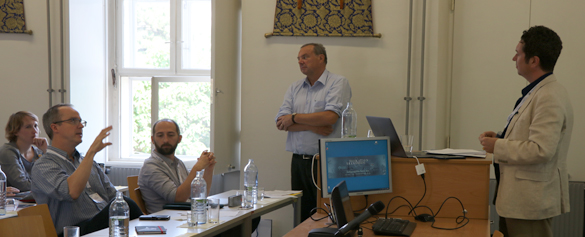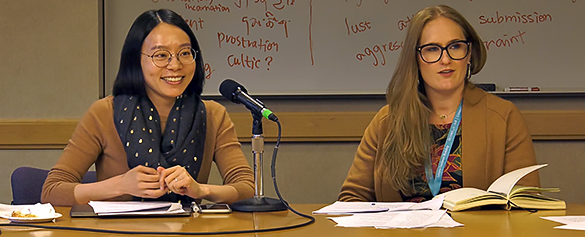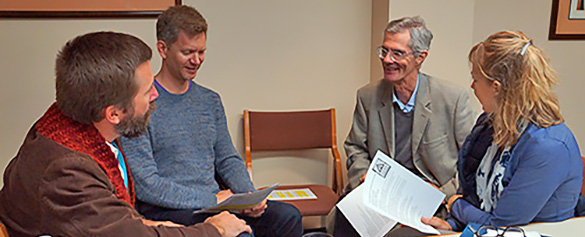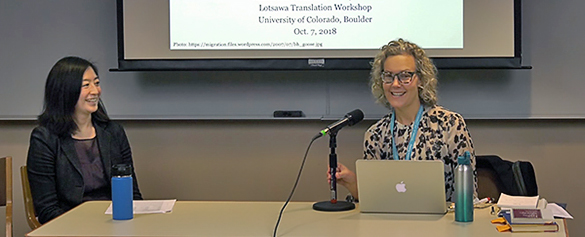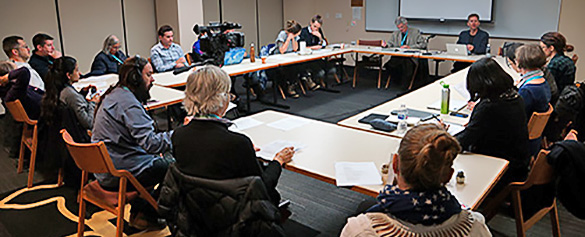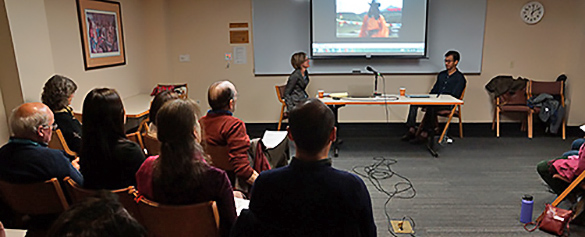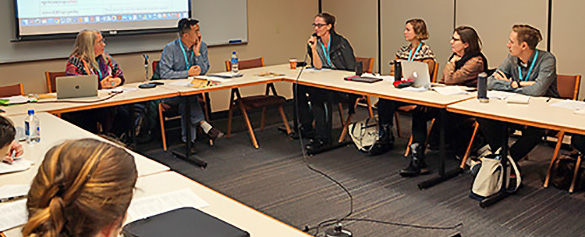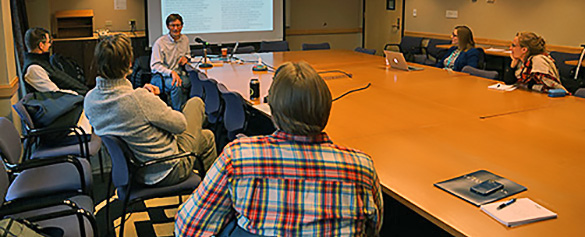Tantric Zhentong Visions of Tathāgatagarbha in Tibetan Kālacakra Yoga Manuals
Gwen Witt Dorring2022-10-26T05:09:19-06:00This paper investigates the concept of śūnyatā-bimba (stong gzugs), “images of emptiness” or expressions of emptiness in the Kālacakra Tantra, and gives attention to how this phenomenon was interpreted by the Tibetan Kālacakra master Dol po pa Shes rab rgyal mtshan (1292-1361) and his immediate disciples to be direct expressions of tathāgatagarbha. We are interested in the tantric epistemology of these “images of emptiness,” textual connections to tathāgatagarbha, and correlative contemplative experiences that are described within Tibetan meditation manuals on the Kālacakra sixfold yoga. As we find in Dol po pa’s writings, as well as by later Jonang authors, these […]

